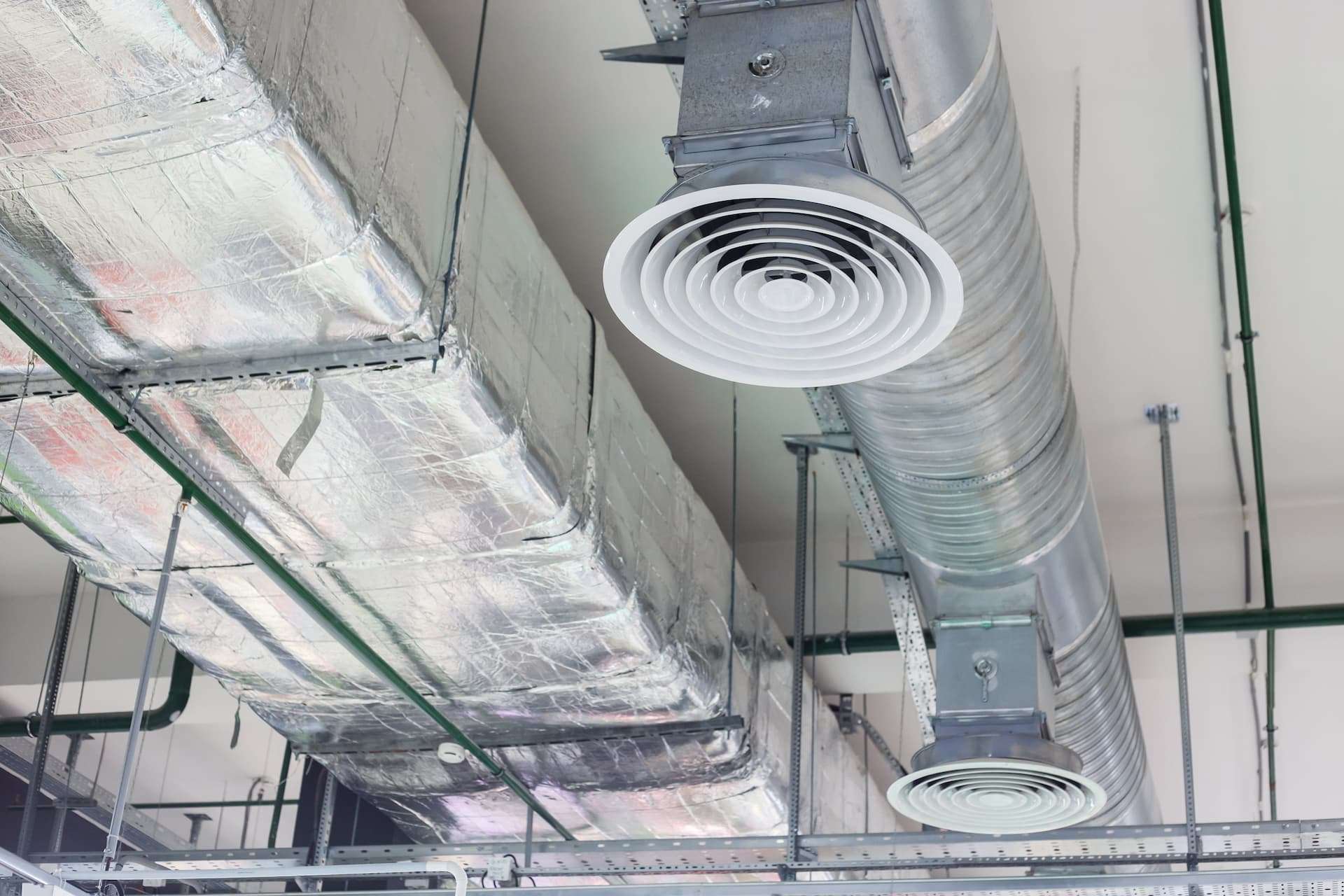Mastering Air Pressure Testing: A Comprehensive Guide by UK Building Compliance

Air pressure testing, also known as air permeability or air tightness testing, is a crucial process in ensuring buildings are energy-efficient and comply with building regulations. This comprehensive guide will walk you through the importance, process, and best practices of air pressure testing, as provided by UK Building Compliance.
What is Air Pressure Testing?
Air pressure testing measures the amount of air leakage from a building, ensuring it meets specific airtightness standards. This test is mandated by Part L of the Building Regulations in England and Wales, Section 6 in Scotland, and Part F1 in Northern Ireland. The goal is to minimise heat loss and improve energy efficiency, ultimately reducing a building’s carbon footprint and operational costs.
Importance of Air Pressure Testing
- Energy Efficiency: Air leakage can cause up to 30% heat loss in buildings, leading to higher energy consumption and costs. By ensuring a building is airtight, you can significantly reduce these expenses.
- Regulatory Compliance: Compliance with building regulations is essential for both residential and commercial buildings. Failure to meet these standards can result in delays and additional costs.
- Comfort and Health: Proper airtightness prevents drafts, condensation, and mould growth, creating a healthier and more comfortable living environment.
The Testing Process
The air pressure testing process involves several steps to accurately measure a building’s airtightness:
- Preparation: All external walls, roofs, and floors should be fully constructed. Doors, windows, and cladding must be installed, and all fixtures and fittings should be in place. Ensure that all plumbing work is complete and any service pipes passing through external walls and ceilings are sealed.
- Installation of Equipment: A large fan is temporarily installed, typically in a doorway. All other openings are sealed to ensure accurate measurement.
- Testing: The fan is activated to create a pressure differential inside the building. The air pressure is gradually increased and decreased, recording the pressure differential at each step.
- Calculation: The total airflow required to achieve a pressure differential of 50 Pascals (Pa) is calculated. This data is then used to determine the building’s air leakage rate, expressed in cubic meters per hour per square meter of building envelope area (m³/h.m² @ 50 Pa).
Best Practices for Passing the Test
To ensure your building passes the air pressure test on the first attempt, follow these best practices:
- Seal all Gaps: Ensure that all service pipes, ducts, and conduits are sealed where they penetrate walls, floors, and ceilings.
- Check Skirting Boards: Make sure skirting boards are fitted and sealed at the top and bottom. Use expanding foam to seal gaps where plasterboard meets the floor, especially in hidden areas like behind kitchen units and baths.
- Draft Excluders: Fit appropriate draft excluders on all loft hatches, storage doors, and integral garage doors.
- Ventilation Systems: Temporarily seal designed ventilation systems, extractor fans, and chimneys during the test to ensure a reliable score.
UK Building Compliance Services
UK Building Compliance (UKBC) offers accredited air pressure testing for both residential and commercial buildings. Our technicians provide a site readiness checklist to help you determine when your building is ready for testing. We are accredited by ATTMA, SITMA, and BPEC, ensuring high-quality and accurate testing services.
UKBC’s comprehensive services include:
- Ventilation Testing: Ensures your building’s ventilation systems comply with building regulations.
- Sound Insulation Testing: Measures noise transmission through walls, floors, and ceilings to comply with Part E of the Building Regulations.
- Room Integrity Testing: Ensures fire safety systems are fully operational, preventing uncontrolled gas escape from fire suppression systems.
Why Choose UK Building Compliance?
UKBC’s expertise and accreditation guarantee precise and reliable testing. Our use of UKAS calibrated equipment ensures high accuracy, helping you achieve compliance and enhance your building’s energy efficiency. Our customer-focused approach and comprehensive support make us a trusted partner for all your building testing needs.
Conclusion
Mastering air pressure testing is essential for building efficiency, regulatory compliance, and occupant comfort. By following the best practices outlined in this guide and leveraging the expertise of UK Building Compliance, you can ensure your building meets the highest standards of airtightness.
Click here for more detailed information and to schedule a test.
Share
